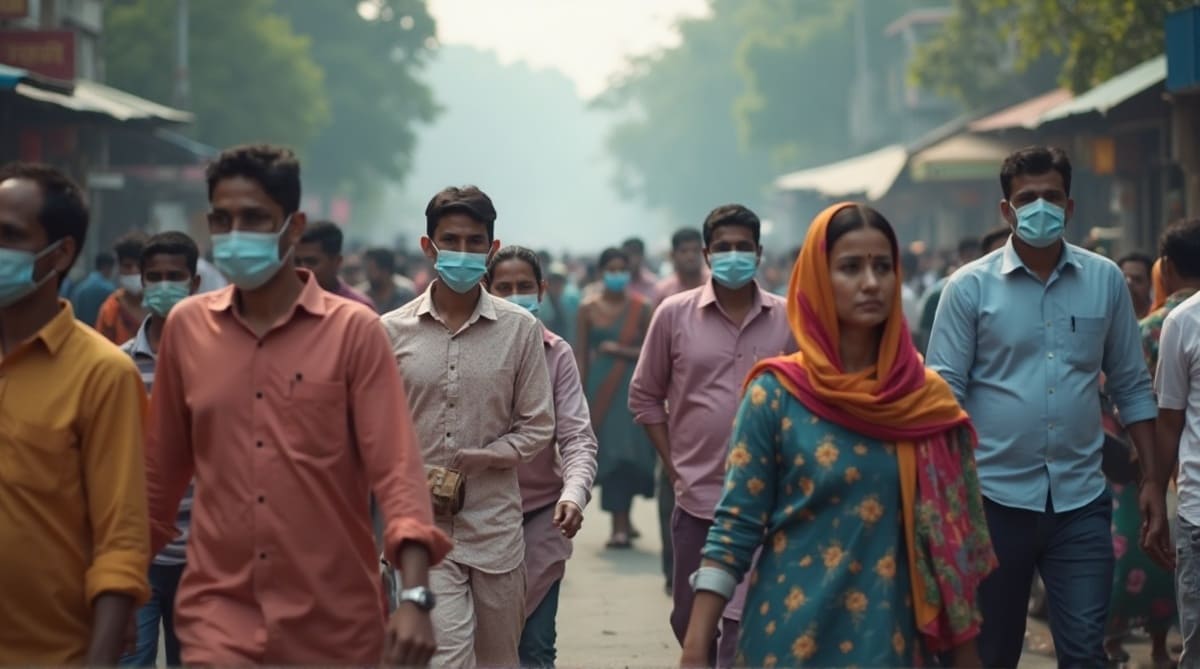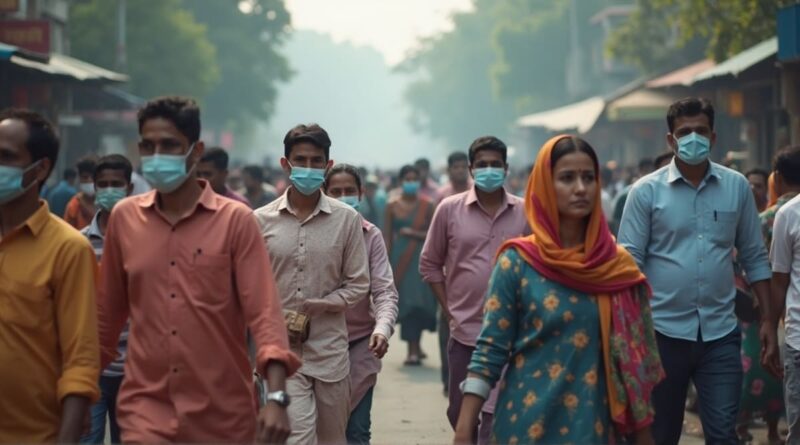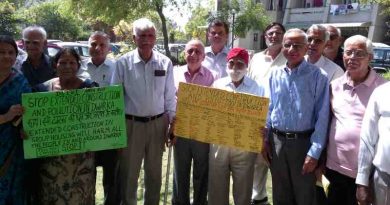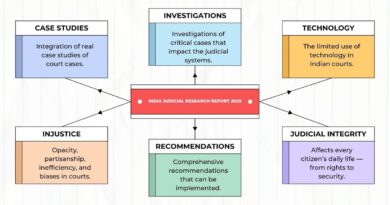Aether 360: AI Tool Launched to Quantify Air Pollution’s Hidden Health Crisis

Aether 360: AI Tool Launched to Quantify Air Pollution’s Hidden Health Crisis
The key deliverable of this foundational phase includes functional Python code, a trained XAI model, and a static HTML Dashboard Wireframe showcasing the simulated A-Rate.
By Rakesh Raman
New Delhi | October 30, 2025
The Aether 360 project is a self-initiated Proof-of-Concept (PoC) aimed at developing the world’s first Artificial Intelligence (AI) model capable of quantifying the true public health burden of air pollution. Air pollution is recognized as the most significant environmental health crisis in India, yet public health systems currently lack the tools to measure its direct, acute impact on hospital resources, as hospitals typically log symptoms rather than environmental causality.
The core goal of Aether 360 is to bridge the critical gap between environmental data and clinical records. It utilizes an Explainable AI (XAI) model to calculate the Attribution Rate (A-Rate)—defined as the probability that a specific acute respiratory or cardiac hospital admission is directly caused by a recent spike in air quality.
The AI-driven system establishes this connection via the Pollution Probability Link (PPL). This A-Rate is intended to be a robust, quantifiable metric for health agencies and governments, providing the justification needed to fund, track, and enforce pollution control measures.
The initial PoC phase is a solo, self-funded, simulated pilot managed by Rakesh Raman with strategic and technical assistance from Google AI technologies. The pilot city is Delhi, India. The PoC demonstrates technical feasibility by integrating environmental data with a synthetic clinical dataset.
Specifically, the project utilizes one to two years of hourly PM2.5 and NO₂ data from a high-density Delhi monitoring station for validation of time-series synchronization. It employs a mock dataset of 1,000 synthetic patient records, including age, gender, proxy health events (PHEs), and geo-coded admission details, thereby avoiding the complexities of complying with real patient privacy regulations like HIPAA or India-specific laws.
The key deliverable of this foundational phase includes functional Python code, a trained XAI model, and a static HTML Dashboard Wireframe showcasing the simulated A-Rate. The deployment is limited to a local, single machine to demonstrate functional capability and computational efficiency for future low-cost hospital integration.
The technical PoC aims to prove that the A-Rate can be calculated, but the model and its outputs require rigorous, independent verification by qualified clinicians, epidemiologists, and government data bodies. The advancement to a live Beta deployment is critically dependent on securing institutional partnerships.
Collaboration is sought from organizations such as UNEP, WHO, and major Indian government departments or academic medical centers for policy integration and funding. Academic/Clinical partners (like AIIMS or major hospitals) are needed to provide access to anonymized, real clinical data for the Beta Phase and offer clinical guidance.
Phase 2 is projected to last 6-9 months and involves securing partners, establishing a secure data pipeline, and launching a Live Beta Deployment. Phase 3 (12-18 months) focuses on clinical validation, publication, and scaling the system.
By Rakesh Raman, who is a national award-winning journalist and social activist. He is the founder of a humanitarian organization RMN Foundation which is working in diverse areas to help the disadvantaged and distressed people in the society.
As a technology and AI expert, his professional focus is on applying emerging AI and digital technologies to enhance decision-making, operational efficiency, transparency, and democratic participation in governance, media, and business systems. You can click here to view his full profile.
Rakesh Raman | LinkedIn | Facebook | Twitter (X)
💛 Support Independent Journalism
If you find RMN News useful, please consider supporting us.




